Deep in the heart of the Cairngorms, I’m flanked by the UK’s only free-ranging herd of reindeer.
I gasp as an impressive male with enormous antlers strides towards me and nuzzles into my hands with his soft, velvety nose.
It’s lunchtime here on the hills and I’m honoured to be able to feed this stunning lad and his furry friends with a few handfuls of oats.
They guzzle it down rapidly and then head off to graze and take turns at head-butting each other.
I’m face-to-face with the iconic Cairngorm Reindeer Herd on an organised hill trip, and it’s absolutely magical to see the animals roaming freely in their natural environment.
Vast enclosure
It’s a good 25 minutes’ walk to reach their vast enclosure, but it’s well worth it. The views, of distant snowy mountains and sunlight-dappled forests, are out of this world.
The path is a tad treacherous, with ice, mud and patches of snow to navigate. One young lad tumbles into a bog, but he pops up laughing, seemingly unscathed.
When we spot the reindeer herd, our guide Hen Robinson tells us not to touch or stroke them.
“They’re not tactile animals,” she explains. “They might look cute but they’re not keen on being petted.
“They’ll generally keep out of arm’s reach, which reduces the risk of them accidentally walloping you with an antler.”
Magnificent beasts
They are absolutely magnificent beasts, covered in hair from their hooves to their super-soft schnozzles.
It’s thanks to these cosy coats that they’re able to survive in temperatures as low as -72C – which is mind-boggling!
“There’s no bare skin exposed on their bodies,” says Hen, encouraging us to look at the “nearest nose”.
Right enough, there’s hair on their muzzles, up their nostrils and they’ve even got hairy lips and eyelids.
“They’re not tactile animals. They might look cute but they’re not keen on being petted.”
HEN ROBINSON
Another adaptation for the cold weather is an involuntary clicking sound made by their hooves. It’s a form of communication – it means reindeer can always hear the rest of their herd and won’t become separated.
Why don’t they just grunt or call out like other animals, I wonder.
“Reindeer don’t open their mouths because to do that would mean losing body heat,” explains Hen. “However, they do burp quite a bit!”
Individual look
Hen and fellow herder Cameron Philip recognise each and every reindeer on the hill. They all have an “individual look”, with different colours, face markings, and particular antler patterns that are controlled genetically. They also have a “family resemblance”.
Every year the herders set a new theme, for example, rivers of the world (Zambezi), or ancient civilisations (Aztec), or even seeds, beans and peas (Chickpea) – and when new reindeer are born, they’re given names that relate to that year’s theme.
“Is one called Rudolph?” pipes up a wee boy, looking around furtively.
“Rudolph’s in the North Pole,” Hen tells him. “He’s pretty lazy. He only works one day a year.”
Of course, they all have unique personalities, whether bossy and dominant, or quiet and shy.
Stand-off with a reindeer!
I have a close encounter with Suebi, who Hen later describes as a “proper grouch”. I offer her a handful of food, but she stamps her foot in disgust before heading off to find someone with better pickings.
I notice some of the big boys have huge antlers dripping with blood, skin and gore. It’s around this time of year that they fall off – but they grow a new set every year.
However, as soon as they drop their antlers – aka sharp, pointy weapons, useful in fighting for dominance and therefore making them more likely to be successful with the ladies – they go from top dog to bottom of the pecking order!
The pay off? They don’t have to carry the cumbersome weight around. And antlers can be really heavy – the biggest Hen has come across were just shy of 9kg!
Reindeer herd
There are 150 reindeer in the herd, with 54 here on the hill, some roaming freely in the Cairngorms, and the rest 30 miles away on a working farm at Glenlivet.
It’s a year-round job being a herder, and Hen, who’s been in the role 16 years, loves it.
“Reindeer don’t need a lot of looking after because they’re in this sub-arctic environment,” she explains.
“But as a managed herd, there’s an element of control over who breeds with who, how many breed, and they need wormed and vaccinated, so there’s a degree of close contact.
“Even when they’re being handled, there’s minimum fuss. But as a herder, I’ve had the odd antler in my eye – that’s par for the course!”
How reindeer returned to Scotland
So, how and when did reindeer – which are actually native to the UK – come to Scotland?
Having died out here thousands of years ago, they were reintroduced to the Cairngorms by Swedish reindeer herder Mikel Utsi in 1952.
“He brought 25 reindeer here in the 50s, and then imported more over the years to bring in fresh blood lines. The herd’s grown to about 150,” says Hen.
The Cairngorms offer the perfect environment for the herd – reindeer are adept at finding their own food in the wild, are accustomed to colder temperatures, and require no shelter.
- Cairngorm Reindeer Centre is in Glenmore Forest Park near Aviemore. Check in there before being directed to a meet-up point with herders. Hiking boots or wellies are a must. Bring waterproofs and warm clothing.
- The trip navigates tough hill terrain – be prepared to hike for 30 to 40 minutes.
- Trips are hugely popular so be sure to book at cairngormreindeer.co.uk
- * Gayle stayed overnight at the Aviemore Youth Hostel. The hostel offers a range of private rooms and shared dorms. Facilities include a spacious lounge area with woodland and mountain views, TV and pool table, self-catering kitchen, drying room, laundry, private lockers, secure bike storage and ample on-site parking. The hostel also hosts a Scottish Natural Heritage visitor centre, with a peregrine nestcam and information about Craigellachie National Nature Reserve. See hostellingscotland.org.uk/hostels/aviemore/
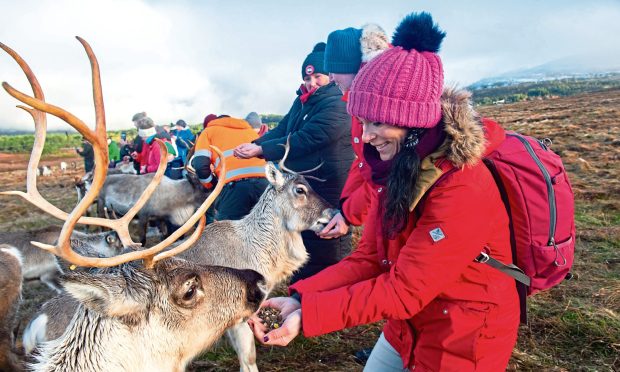
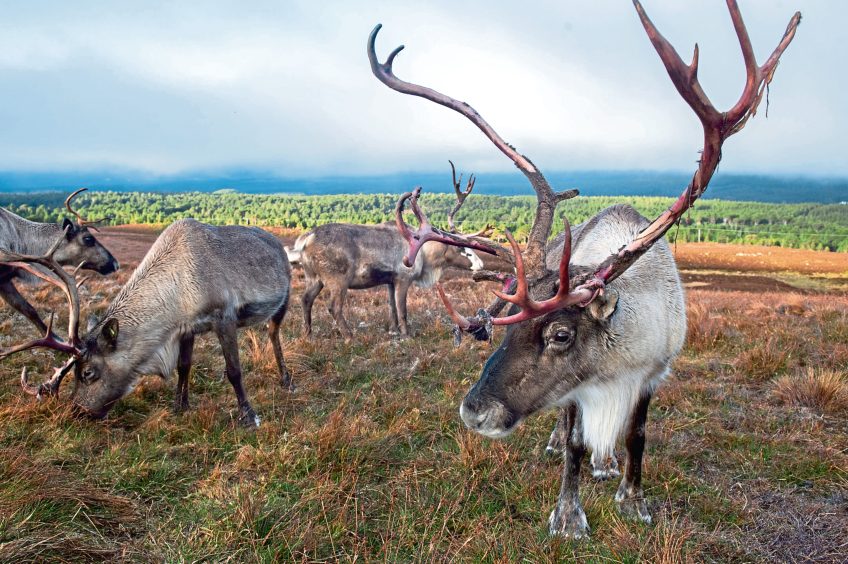
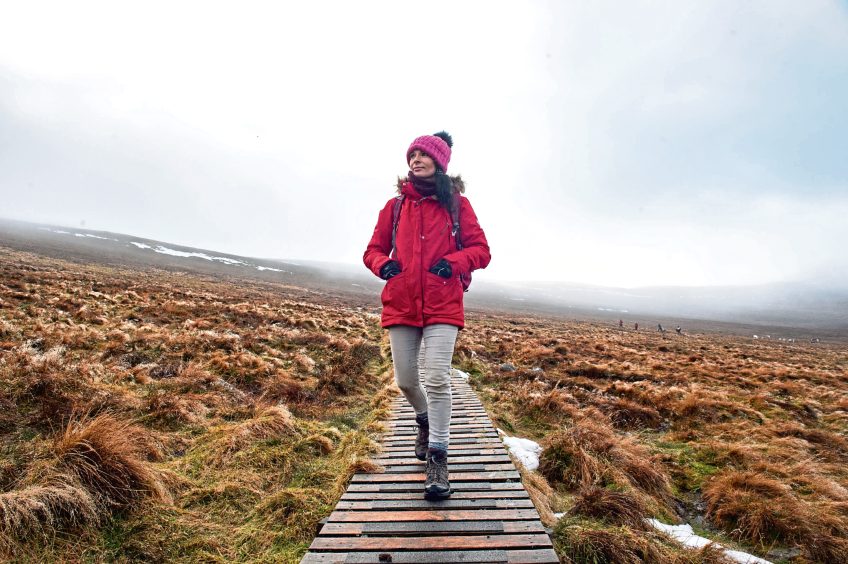
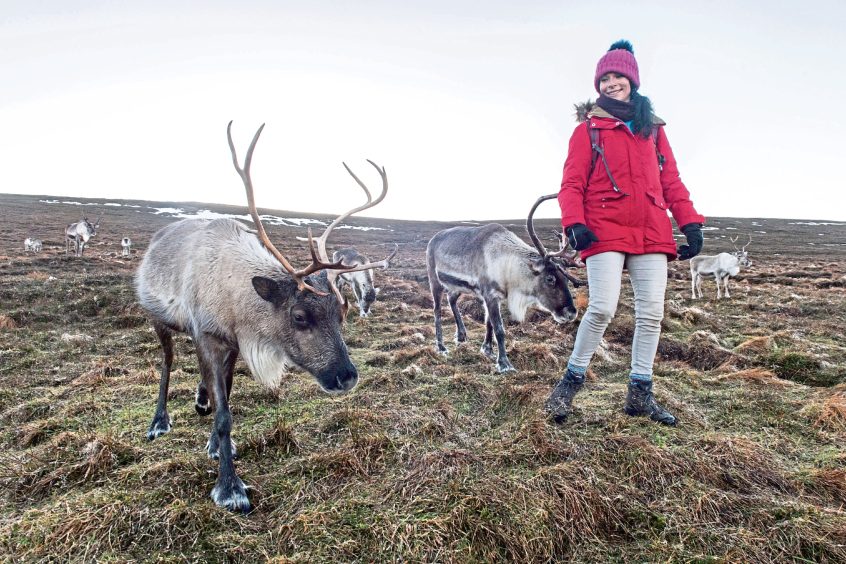

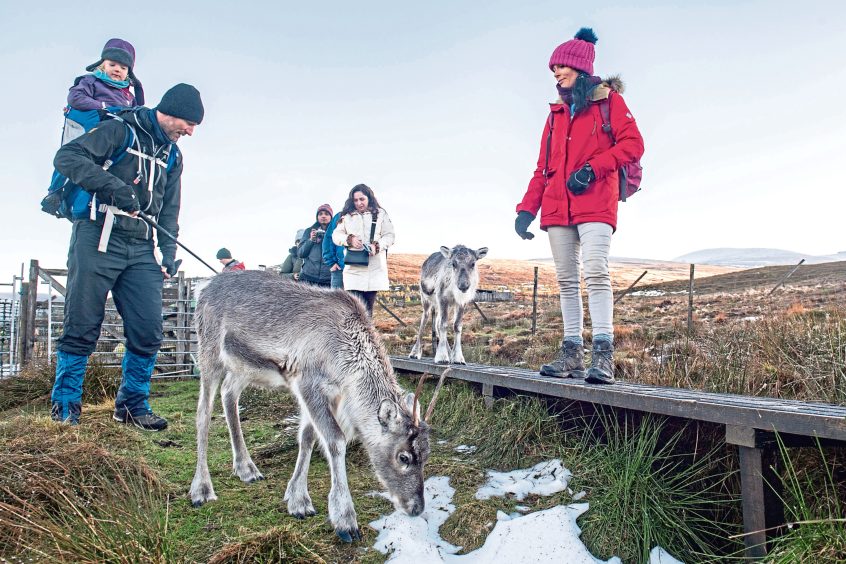
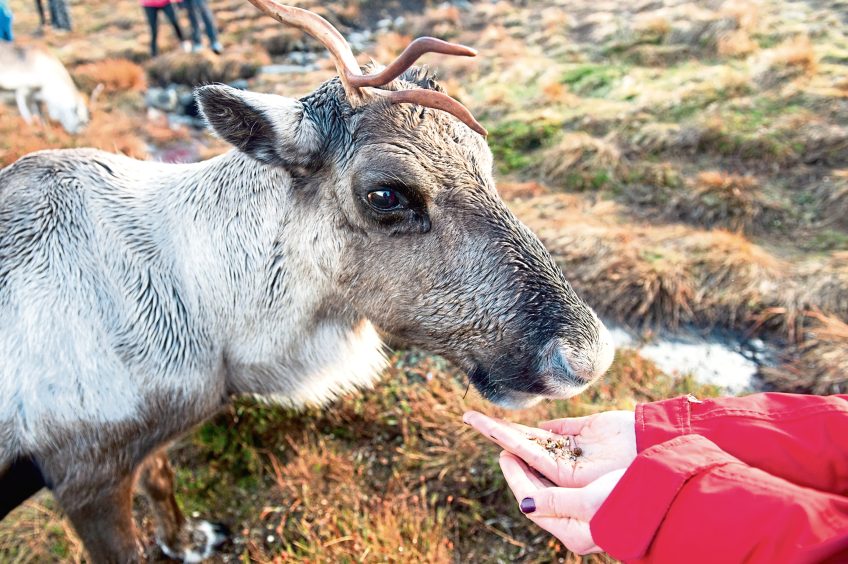

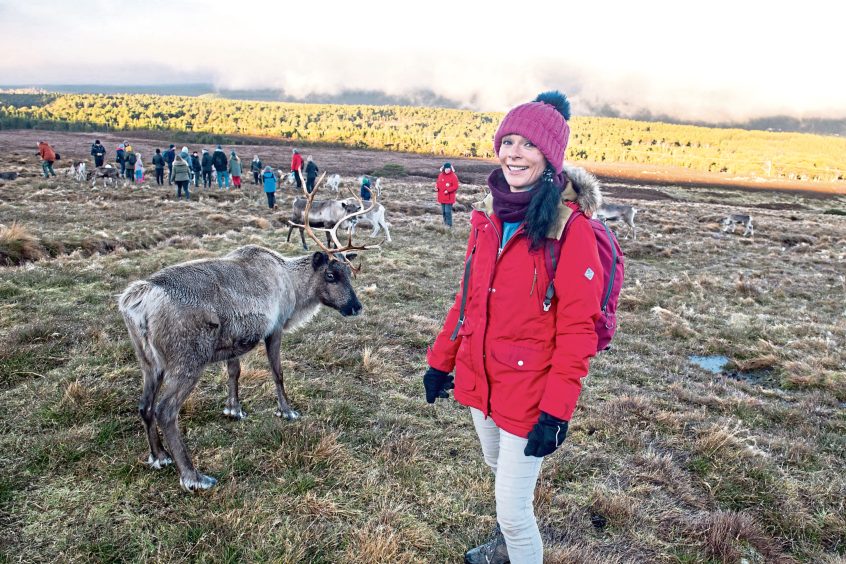

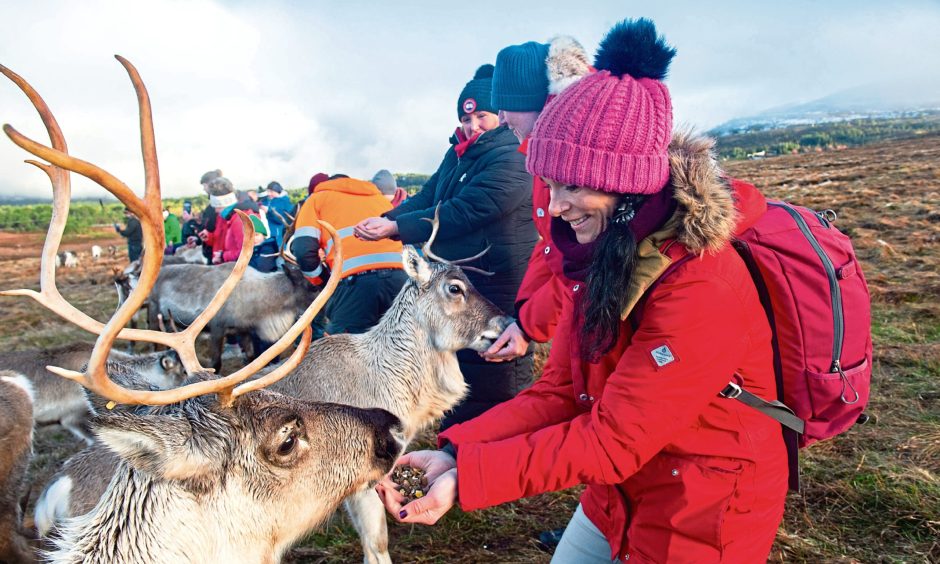

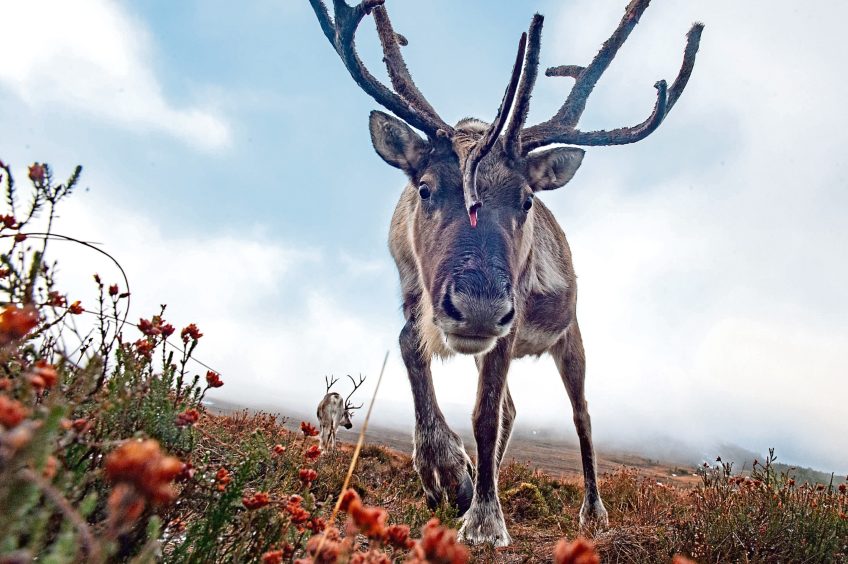
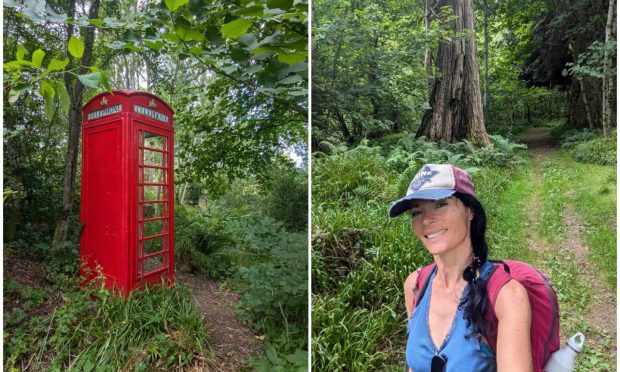

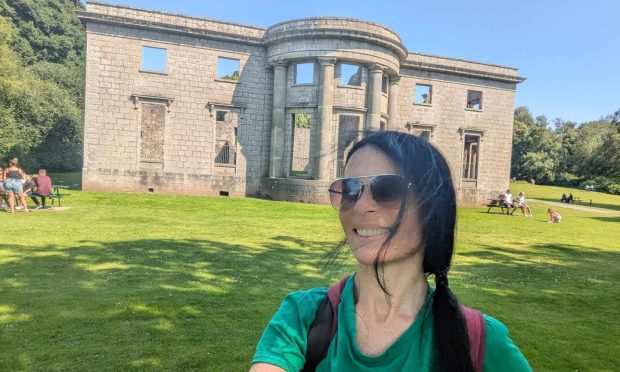
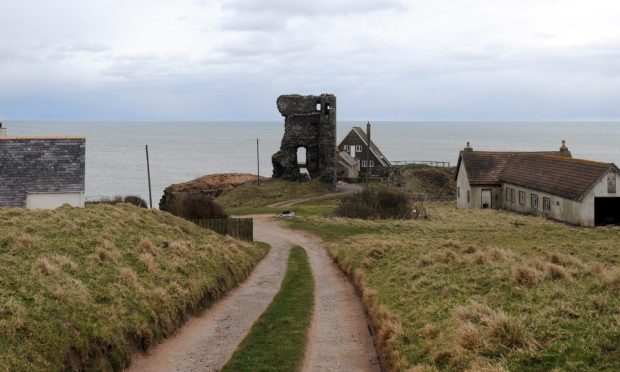
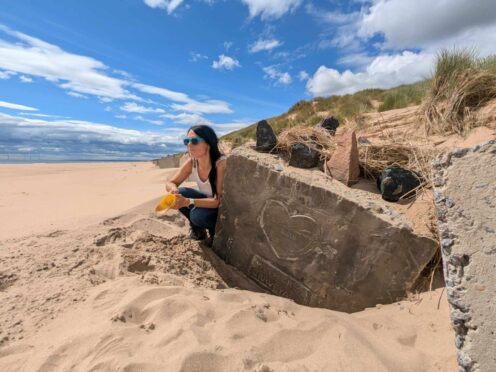
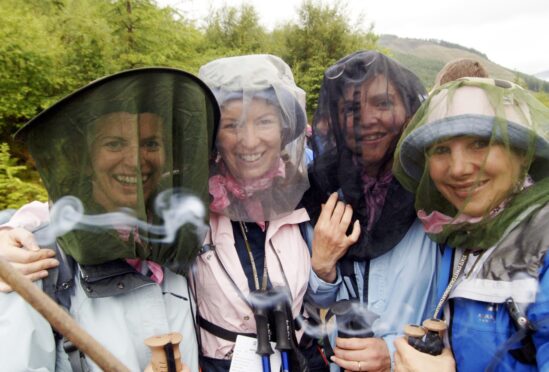
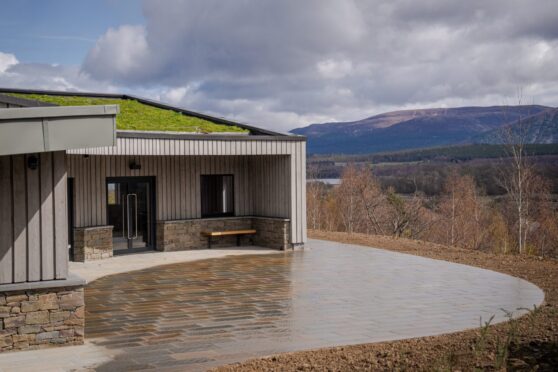

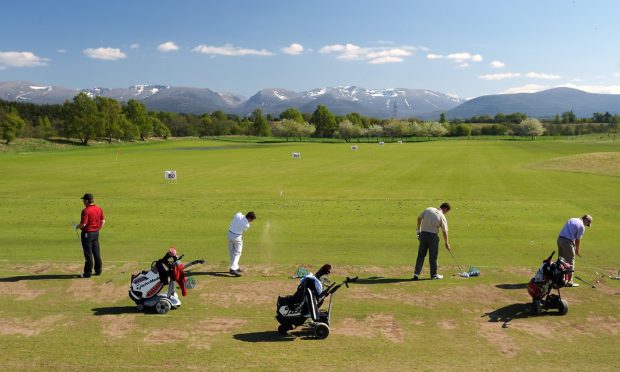
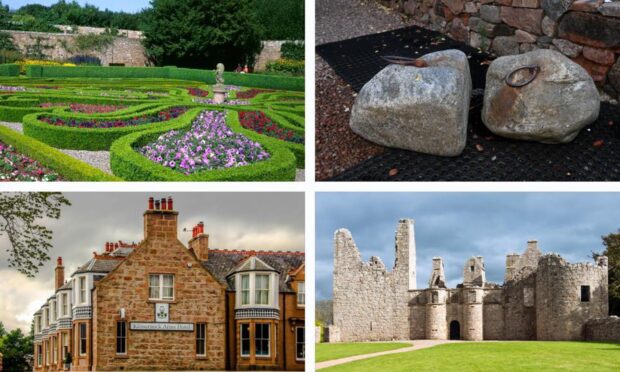
Conversation